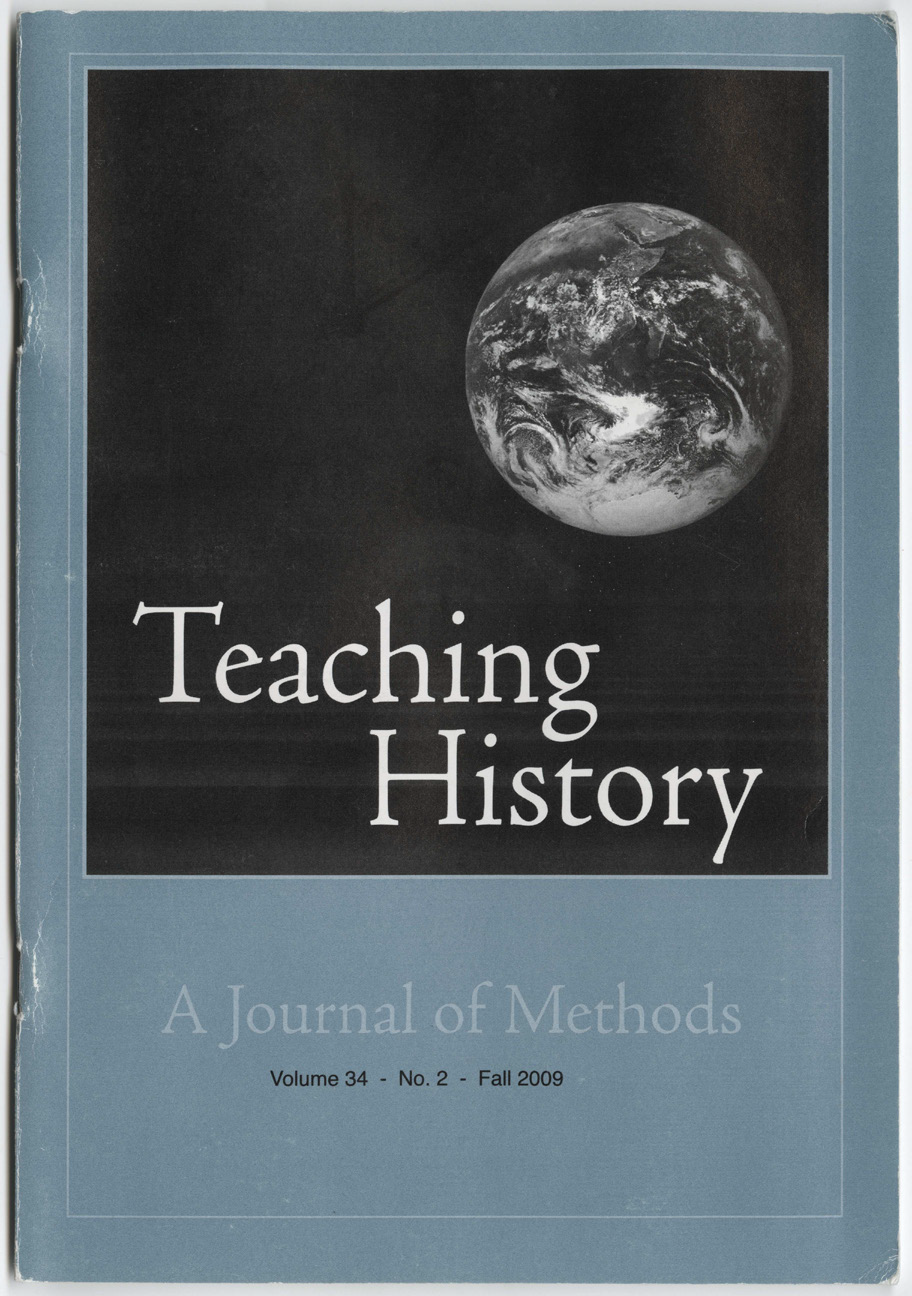Teaching The Complexity Of Slavery
DOI:
https://doi.org/10.33043/TH.34.2.59-69Abstract
The history of slavery in the antebellum South is a challenging topic to teach on a variety of levels. It is a complex subject with a rich historiography that informs issues of race in contemporary America. Students walking into the American history survey, however, tend to have simplistic understandings of American slavery, understandings that they do not shed easily. Instructors of the U.S. history survey, meanwhile, attentive to "coverage" issues, struggle to adequately address the complexity of slavery in a few class sessions.
Historians have discussed the views students have about slavery for some time. In the 1990s Ellen Swartz and Peter Kolchin complained about how slavery was presented in American history textbooks. Textbooks, they found, neither revealed that slavery is a complicated subject constantly being reinterpreted nor addressed important "underlying issues" of slavery. More recently, Russell Olwell stressed that students too often understand slavery in very basic terms, as a "unified, static, unchanging institution." Similarly, Tracey Weis found that students tend to have crude "Gone With the Wind" views of slavery. Ira Berlin maintains that "stereotypes ... fixed the history of slavery." These stereotypes prevent students from gaining a thorough understanding of slavery because they see slavery only in terms of narratives about the Civil War and lack a sense of "historical agency." What all these scholars have shown is that students tend to conceptualize slavery in narrow one-dimensional terms instead of understanding that slavery has a history that cannot be reduced to simplistic characteristics.
Downloads
Downloads
Published
How to Cite
Issue
Section
License
Copyright (c) 2009 Daniel P. Kotzin

This work is licensed under a Creative Commons Attribution-NonCommercial-NoDerivatives 4.0 International License.
By submitting to Teaching History, the author(s) agree to the terms of the Author Agreement. All authors retain copyrights associated with their article or review contributions. Beginning in 2019, all authors agree to make such contributions available under a Creative Commons Attribution-NonCommercial-NoDerivatives 4.0 International license upon publication.



